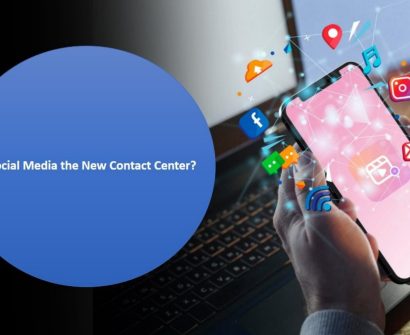Currently Empty: $0

Social, digital and technological trends will drive the future.
Current trends in business and technology show that the way employees work — where, when, why and with whom — have and will continue to change over the next decade, bearing little resemblance to work as it stands today. The following are six ideas about the future direction of the workplace and how organizations can prepare for it.
How the workplace will change in the next 10 years
No. 1: Middle management will have different responsibilities
Managers today must confront new realities. Social and political turbulence, work-life fusion and hybrid work have added a new layer of complexity (and pressure) to their roles. Many employees are working in a hybrid world with more choices about where, when and how much they work.
Plus, the responsibilities of managers — and the number of workers who report to them — have skyrocketed, making it more difficult to provide hands-on assistance.
Traditional managerial success was based on the ability to manage and evaluate employee performance. This has shifted. HR executives will hire and develop managers who are poised to be great coaches and teachers and operate with empathy.
No. 2: Upskilling and digital dexterity will outweigh tenure and experience
In the future, the most high-value work will be cognitive in nature. Employees will have to apply creativity, critical thinking and constant digital upskilling to solve complex problems. The digital economy demands new ideas, information and business models that continually expand, combine and shift into new ventures. Employees must consistently refresh their digital dexterity to meet these needs.
HR will have to establish and promote a continuous learning environment, meaning knowledge acquisition and transparency across the organization must become a part of day-to-day operations.
No. 3: Employee data collection will expand
Hybrid work has fostered a greater interest in monitoring workplace productivity and employee wellness. Gartner analysis shows that 16% of employers are more frequently using technologies to monitor their employees through methods such as virtual clocking in and out, tracking work computer usage, and monitoring employee emails or internal communications/chats. While some companies track productivity, others focus on employee engagement and well-being to better understand employee experience.
Technology will assess when people have worked too much and when they need to recharge by monitoring their biorhythms, nutritional requirements, and exercise needs. Leaders will use technology and information to foster a hybrid workplace that embraces the work styles of all employees, not just those who are permanently employed or have strong digital skills.
No. 4: Smart machines will be our colleagues
Smart machines are getting smarter and more ubiquitous, not only completing tasks previously reserved for humans, but also doing what was thought to be impossible for machines.
Companies will start to increase the functions of smart machines, software, apps and avatars. Employees will develop personal toolkits of virtual doppelgangers — virtual counterparts, with the help of artificial intelligence (AI) software and devices that are more accessible to their personal or team-based activities. What’s more, they will have the ability to carry their personal workplaces with them using cloud communities, open applications and personal virtual assistants.
Extreme digital dexterity will ultimately be the modus operandi for how employees work. Increasing demands for a more automated workplace have sparked the killer combo of people and technology. Proactive leaders must investigate how the regular use of AI, smart software, and robots will invigorate work strategy. To drive competitive advantage, high-performing employees should be encouraged to create and share AI tools or personalized portfolios of apps, tools, and smart technology to raise the bar for extreme digital dexterity.
No. 5: We will work for purpose and passion, not just money
Employees want to make a meaningful social impact, and they will do this earlier in their lives instead of waiting for retirement.
People will actively seek opportunities to tie the impact and value of their work to their mission, purpose and passions. Viewing others’ posts on social media will motivate them to get more involved and contribute to social innovation and equitability.
Smart companies will make themselves more attractive not solely by paying higher salaries, but also by offering employees an opportunity to make a meaningful impact. Build a message that resonates and drives engagement by creating initiatives for employees to come forward with personal stories, experiences and successes in various social causes.
No. 6: Remote work-life balance will reveal challenges
Employees working independently or in remote locations will face a dilemma — to fuel upskilling and manage better projects, they’ll take on more assignments, potentially to a point where they’ll feel like they’re working around the clock. In response, achieving work-life balance will no longer be enough; employees will strive to emphasize life over work.
But there are shadowy aspects of future work-life balance. As technology closes the divide between geographically separate people, it introduces cracks in relationships and cultures. The remote distribution of work means that many employees will not build the same social relationships in the workplace, leading to issues of disengagement and loneliness.
CEOs and HR leaders must work together to ensure work-life balance swings back and forth for each employee as their work distribution, time and life stages change. The ability to peer into the future will make work infinitely easier for HR leaders.
In short:
- The pandemic brought the future of work forward to today, with the new work patterns we formed in crisis becoming our next normal.
- Enabling a workplace that is innovative, inclusive and insightful demands a strategy to rethink how work gets done.
- Consider these six ideas about the future direction of the workplace and how organizations can prepare for it.
Source : GWFM Research and Study








